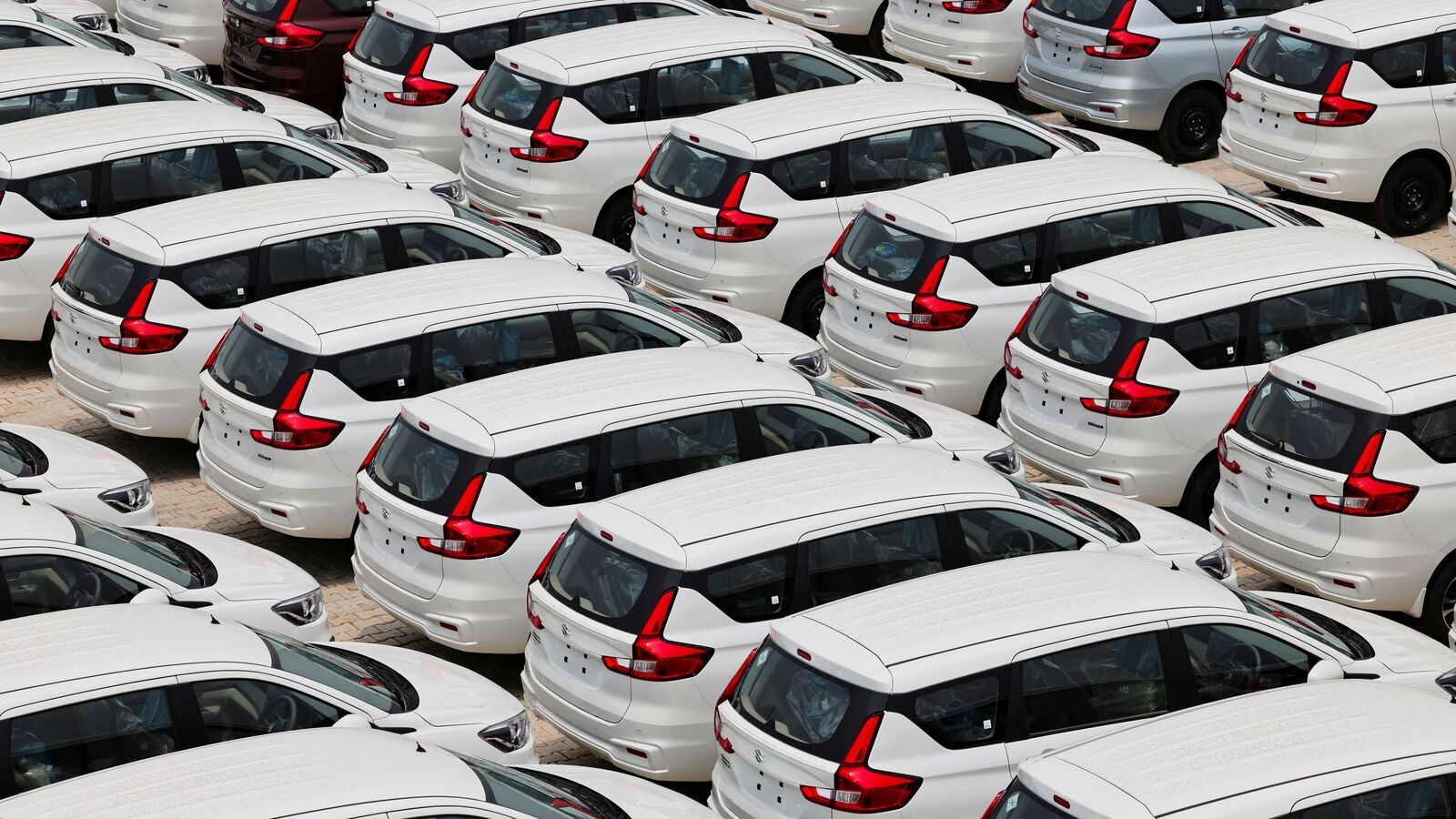06 June 2025

How have rare earth restrictions impacted automotive manufacturing? What happened to European used car residual values (RVs) in May? What is the German government’s latest strategy for supporting carmakers? Autovista24 editor Tom Geggus breaks down the latest industry trends in The Automotive Update podcast.
In this week’s episode, a look at the wider implications of recent rare earth material restrictions. Also, a deep dive into the fortunes of the European used-car market and the impact on RVs. Plus, an exploration of Germany’s new-car market performance, and what new tax breaks could mean for companies’ electrification.
China’s rare earth element restrictions
China’s new export restrictions on seven rare earth elements are significantly impacting the global automotive sector. Controlling over 90% of the world’s processing capacity for these essential materials, Beijing now requires export licenses, Reuters reports. This stems from the ongoing trade dispute with the US. These events have sparked urgent diplomatic activity, according to Reuters.
Supplier production lines have suffered down due to these restrictions, Reuters states. Further impact is expected as inventories become further depleted. Components critical to both internal-combustion engine (ICE) and electric vehicles (EVs) are affected.
Ford temporarily halted production of the US-based Explorer SUV in Chicago, and Suzuki paused output due to component shortages. Meanwhile, BMW confirmed some supplier impact, and Mercedes-Benz is reportedly advising its suppliers to stockpile rare earths as a precaution.
Bosch and ZF both said bottlenecks were affecting its suppliers. Meanwhile, Autoliv has set up a task force to deal with the restrictions, but does not expect a halt to production in the coming weeks.
Used-car demand drops in Europe
Used-car demand fell sharply across major European markets in May, reversing gains seen in April and putting pressure on RVs.
Germany, Spain, France, Switzerland, Italy, and Austria all recorded month-on-month drops in dealership sales of two-to-four-year-old vehicles. Most markets also experienced significant year-on-year declines. The UK was the only major country to avoid a monthly fall in its sales volume index (SVI).
Year-on-year used-car demand in Spain saw the biggest drop according to the SVI, while Germany experienced a significant decline. These figures highlight growing pressure in the used-car market, with a weakening trend likely to continue, weighing on RVs.
German new-car market upswing
Germany’s new-car market showed a modest recovery in May, with registrations up 1.2% year-on-year. This marks the first upswing since October 2024. Amid positive private and commercial sales, battery-electric vehicles (BEVs) drove growth. This helped push the combined EV market to a 27.5% share in the year to date.
ICE vehicles continued to lose market share in May, with both petrol and diesel models experiencing further declines. In contrast, hybrid powertrains, made up of full and mild hybrids, performed strongly, recording their best month of the year so far.
To support further electrification, the German government has introduced new tax incentives, which have been welcomed by the country’s industry bodies. Despite this, there have been calls for broader reforms, including lower charging-related taxes, and the expansion of charging infrastructure.





